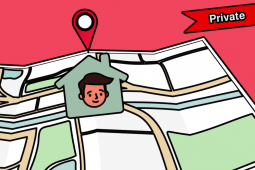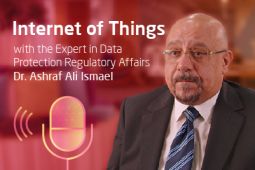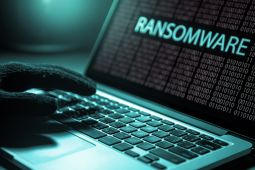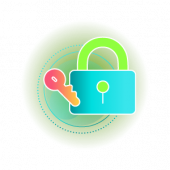What is private information?
Towards a Safe Distance Education Environment for Your Children

The COVID-19 pandemic caused an unprecedented shock in the history of education, disrupting the lives of millions of students in the world
While the pandemic has forced the world to shift towards virtual learning with online and distance learning being used before to maintain continuity in education, it is speculated that this will be the norm for education in the post-COVID era.
As a parent or caregiver, you play a key role in helping your children stay safe and secure throughout his or her online education.
What are the safety challenges?
The Video Conferencing Applications:
Schools usually deliver remote learning classes using video-conferencing applications. These applications enable students to participate in class and discuss with their teacher are a great way to keep in touch, yet present some safety concerns.
Recommendations for parents:
- Don’t include personal information in the user profile of these apps. For example, try to keep location, phone number, and dates of birth private.
- Get familiar with these applications yourself, to be able to educate your child on how to use them safely. Careless use of these applications can lead to a breach of personal security, downloading viruses or malware or even contact from people they don’t know. Insist that your child never accepts instant messages, phone calls, screen sharing, or files from someone they don’t know.
- Explain to your child the importance of keeping their login information private and not to share their account with anyone.
- Protect your network at home by always making sure that you have anti-virus or anti-malware software installed. Moreover, make sure to keep your anti-virus frequently updated and allow it to stay current. With the daily new attacks and the frequency and amount of malicious content on web applications, it’s essential to stay up-to-date.
- If you have a wireless router, check that your wireless network is secure so that random passers-by cannot access it. Make sure only your family and friends with a password can connect to your network. Choose a password of at least 8 characters, with a mix of case, numbers, and symbols.
Online chats:
When online, your child will most probably use social media chatrooms to get help with their homework or to chat with friends. Chatrooms make remote learning a better experience because it creates a positive environment for collaboration while learning. However, there are also some risks associated with them, that’s why it is crucial that you supervise the conversations and exchanges going in these chatrooms to ensure that your children are not in danger such as being cyberbullied or talking to strangers
Recommendations for parents:
- Some online so-called “friends” could actually be real strangers. Tell your children to not hesitate to block people that scare them or seem shady to them.
- Ask your children to take a screenshot of their conversation if they need to report the conversation or even report any users who are breaking the rules set out by the chatroom provider.
Emails:
In addition, children could be using emails to exchange files and assignments, therefore follow these top tips to guarantee their safety by teaching them to:
- Not open emails from someone they don't know or trust.
- Avoid sending any personal information over email.
- Never open an attachment within an email from a person they don't know.
- Never reply to or click on links inside spam emails.
- Use a spam filter.
- Use antivirus software.
With an increased use of video conferencing, web-based tools, and downloading new applications and other internet-dependent activities brought by remote learning, children could be exposed to a batch of malware threats in the absence of proper supervision. That’s why parents and caregivers need to be more vigilant than ever today to make sure their kids stay safe while learning from home.
@2x.png)





















